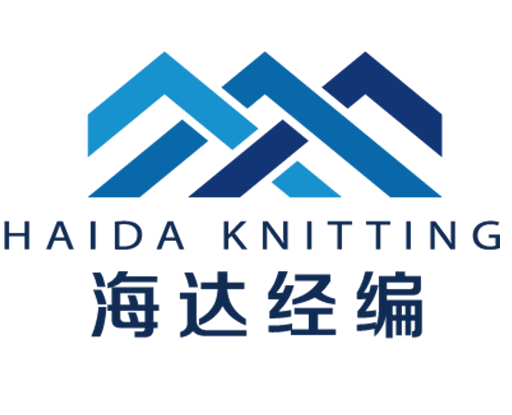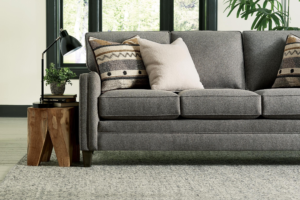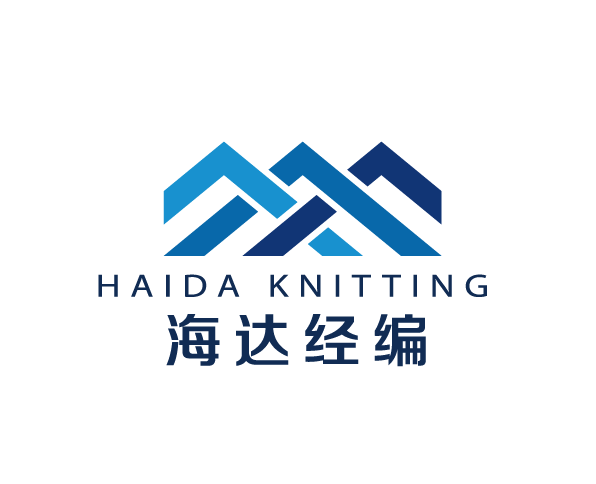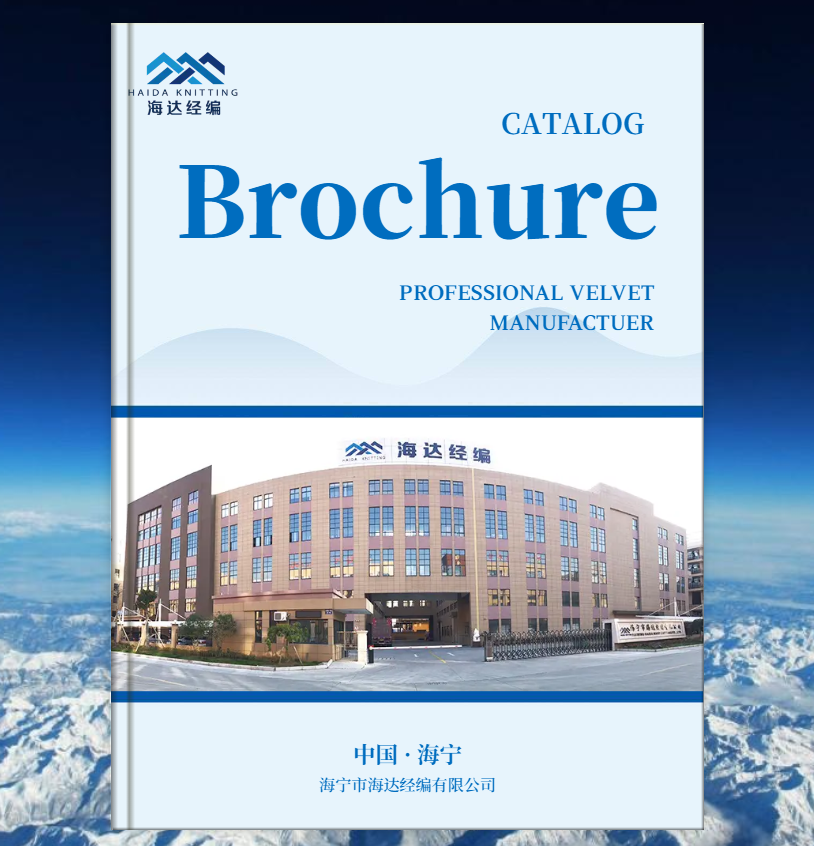Choosing the best fabric for covering a couch is a crucial decision that significantly impacts both the comfort and longevity of your furniture. The fabric you select needs to offer a balance of aesthetics, durability, and maintenance based on your lifestyle. With so many options available, it can be challenging to know where to start. However, by considering factors like usage, cleanability, and style, you can find the perfect upholstery fabric that meets your needs.
In this article, we’ll break down the best fabric options for covering a couch, highlighting the key qualities and benefits of each material to help you make an informed decision.
1. Durability and Lifestyle Considerations
The first and most important factor to consider when choosing a fabric for your couch is durability. How much use will your sofa get? Are there pets or children in your home? These questions are essential because they help determine the best fabric for your needs. Let’s explore some of the best options for high-traffic or low-maintenance households.
1.1. Microfiber Upholstery
Microfiber is one of the most popular choices for covering couches, especially in homes with children or pets. This synthetic fabric is made of tightly woven fibers, making it incredibly resistant to stains, spills, and wear.
- Key Benefits:
- Stain-resistant: Microfiber is highly resistant to spills, making it ideal for families and pet owners.
- Easy to clean: Most microfiber fabrics can be easily wiped down with a damp cloth, and many are machine washable.
- Soft texture: It feels similar to suede, providing a comfortable lounging experience.
1.2. Leather Upholstery
Leather has long been a top choice for luxurious and durable furniture. It’s sturdy, easy to clean, and only becomes more beautiful with age, developing a rich patina over time.
- Key Benefits:
- Durable: Leather is highly resistant to wear and can last for many years if properly maintained.
- Elegant: It has a sleek, timeless look that adds sophistication to any room.
- Easy to clean: Leather can be wiped down easily, and occasional conditioning keeps it supple.
- Tip: While leather is highly durable, it can be prone to scratches and is sensitive to sunlight, so it’s not ideal for households with young children who might be rough on furniture.
1.3. Linen Upholstery
Linen is a natural fabric that offers a breathable, light, and crisp appearance. Though beautiful and comfortable, linen upholstery does have some caveats when it comes to durability and maintenance.
- Key Benefits:
- Cool and breathable: Linen is perfect for warm climates because it keeps you cool.
- Elegant texture: It offers a more relaxed, casual style, perfect for farmhouse or coastal interiors.
- Eco-friendly: Linen is made from flax, a sustainable plant material.
- Drawbacks:
- Wrinkle-prone: Linen can wrinkle easily, which can affect its appearance over time.
- Staining: While linen has a beautiful aesthetic, it is more susceptible to staining than some other fabrics, requiring more regular maintenance.
2. Comfort and Softness
When selecting a fabric, comfort is just as important as durability. Sofas are meant to be a place of relaxation, and the fabric you choose should provide softness, coziness, and comfort. Here are some fabrics known for their luxurious feel:
2.1. Velvet Upholstery
Velvet is a rich, luxurious fabric that offers unmatched comfort and a beautiful, soft texture. It’s particularly known for its unique light-reflecting properties, which create depth and interest in a room.
- Key Benefits:
- Soft and plush: Velvet is one of the most comfortable fabrics, offering a velvety-smooth feel that is perfect for lounging.
- Sophisticated look: Its shine and depth of color can elevate the aesthetic of your living space.
- Ideal for formal settings: Velvet is often used in more formal or vintage-style rooms due to its luxurious appearance.
- Drawbacks:
- High-maintenance: Velvet can be difficult to clean. Spills need to be blotted immediately, and dirt and dust can accumulate on the fabric more easily than on other materials.
- Durability: While durable, velvet upholstery can show wear more quickly, especially in high-traffic areas.
2.2. Chenille Upholstery
Chenille is a soft, textured fabric that’s often compared to velvet due to its plush feel. Made from silk, cotton, or synthetic fibers, chenille provides a luxurious, comfortable feel and is a great option for family-friendly sofas.
- Key Benefits:
- Comfortable: The texture of chenille gives a soft, cushy feeling, which is perfect for long hours of lounging.
- Durable: Despite its softness, chenille is generally more durable than velvet, making it a great option for daily use.
- Affordable: Chenille provides a luxurious look at a more affordable price than velvet or leather.
3. Maintenance and Cleaning
The ease of cleaning and maintenance is another critical factor in fabric selection. If your couch will endure daily use, it’s essential to pick a fabric that can withstand spills, stains, and regular cleaning. Let’s review fabrics that offer both style and low maintenance:
3.1. Synthetic Fabrics (Polyester and Olefin)
Polyester and olefin are synthetic fabrics that are often blended with other materials to improve durability and stain resistance. These fabrics are easy to clean, resistant to fading, and often more affordable than natural fibers.
- Key Benefits:
- Easy to clean: Most synthetic fabrics are stain-resistant and can be wiped down with a damp cloth or vacuumed regularly.
- Durable: They resist pilling and retain their color and texture for a long time.
- Affordable: Compared to natural fibers, synthetic fabrics are usually much more affordable.
- Drawbacks:
- Lack of luxury: While synthetic fabrics are functional, they often lack the luxurious feel of natural materials like velvet or linen.
3.2. Faux Leather Upholstery
Faux leather offers the same sleek look as genuine leather but at a lower price point and with easier maintenance.
- Key Benefits:
- Easy to clean: Faux leather can be wiped down with a damp cloth, making it an excellent choice for high-traffic areas or homes with children and pets.
- Affordable: It’s much more budget-friendly than genuine leather, while still providing the sleek, modern aesthetic.
- Durable: Faux leather resists stains, scratches, and fading, making it a durable option for sofas.
- Drawbacks:
- Less breathable: Faux leather can feel sticky in warmer climates, so it may not be the best choice for hotter environments.
4. Style and Design Considerations
While durability and comfort are vital, you’ll also want to ensure the fabric you choose matches your aesthetic preferences. The best fabric for your couch should complement the overall design of your room, whether you’re looking for something sleek, traditional, or cozy.
- For a modern look: Consider leather, faux leather, or synthetic velvet to achieve a clean, contemporary feel.
- For a cozy, casual vibe: Fabrics like linen, chenille, or microfiber offer a more relaxed appearance with great comfort.
- For a traditional or luxurious style: Opt for velvet or silk-blend fabrics that bring elegance and refinement to your sofa.
5. Conclusion: Finding the Right Fabric for Your Couch
When choosing the best fabric to cover your couch, it’s essential to balance durability, comfort, maintenance, and style. Fabrics like microfiber and leather are excellent for high-traffic homes or families with pets and children. Meanwhile, velvet and chenille offer luxurious textures for a more refined, elegant aesthetic.
Ultimately, the best fabric depends on your specific needs and how you intend to use your furniture. Consider your lifestyle, budget, and aesthetic preferences, and you’ll find the perfect fabric to make your sofa both beautiful and functional.











